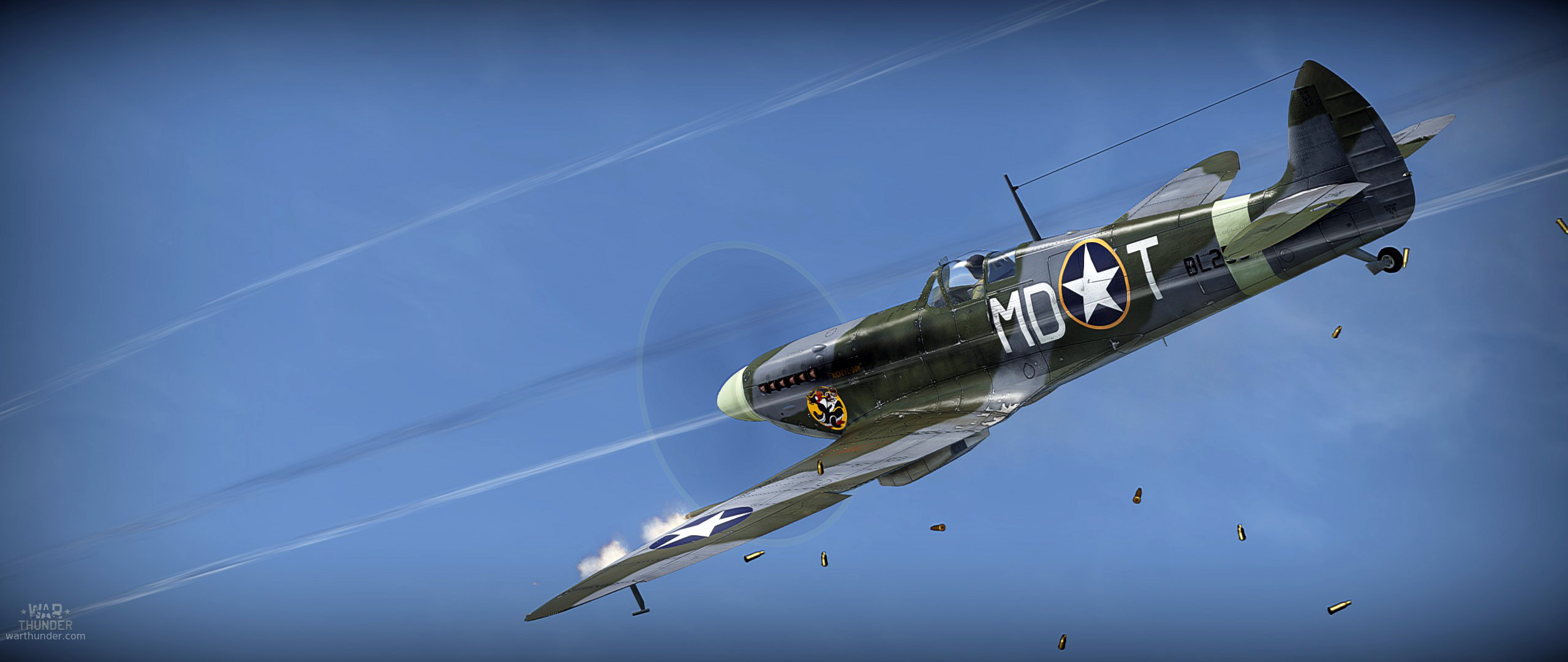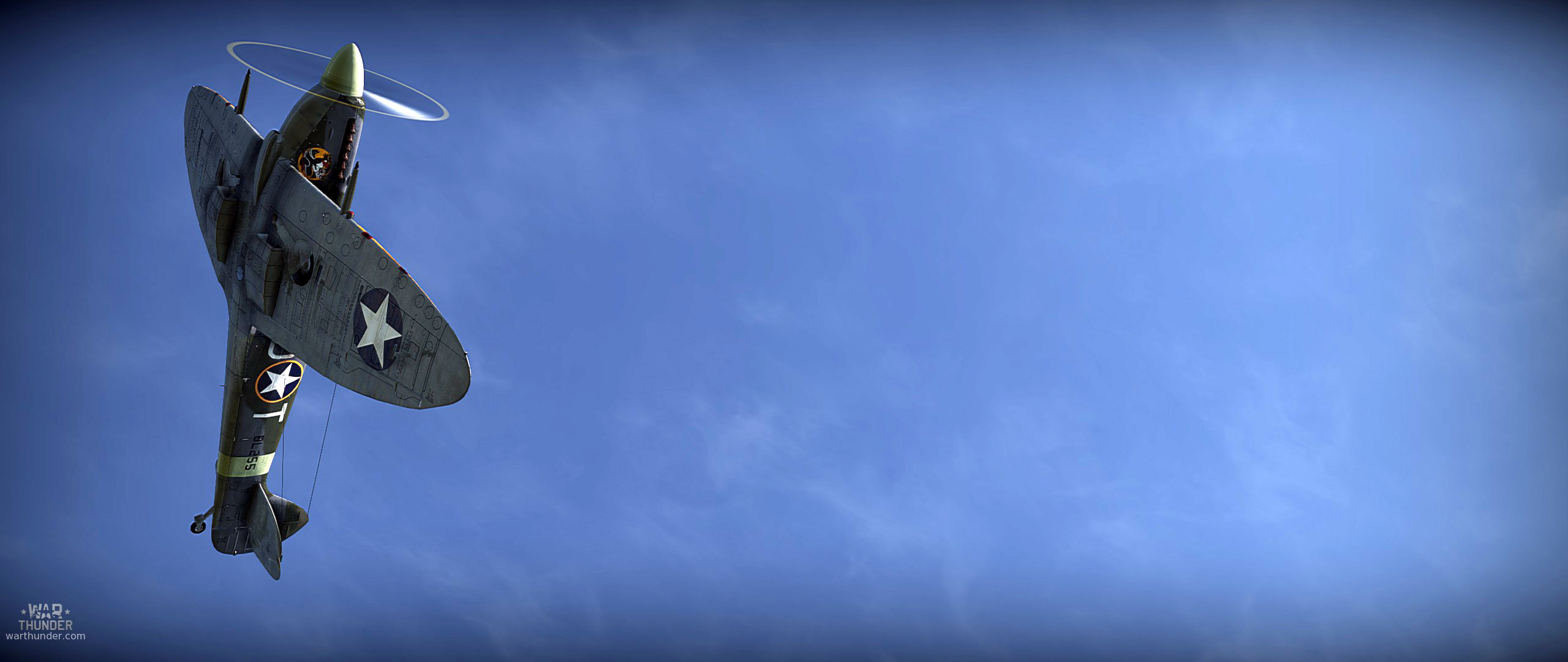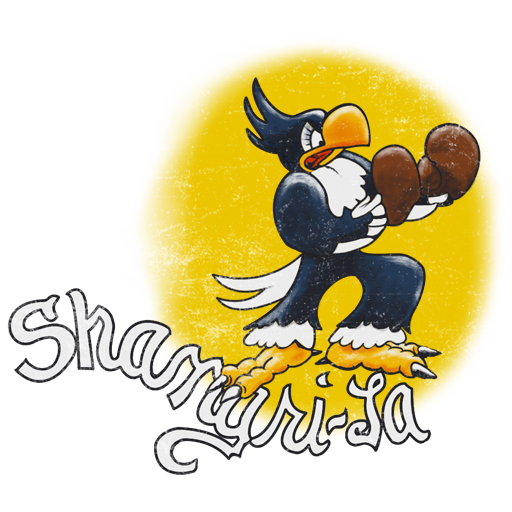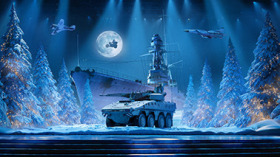
- Для PC
- Для Mac
- Для Linux
- ОС: Windows 10 (64 bit)
- Процессор: Dual-Core 2.2 GHz
- Оперативная память: 4 ГБ
- Видеокарта с поддержкой DirectX версии 11: AMD Radeon 77XX / NVIDIA GeForce GTX 660. Минимальное поддерживаемое разрешение – 720p.
- Сеть: Широкополосное подключение к Интернету
- Место на жестком диске: 22.1 Гб
- ОС: Windows 10/11 (64bit)
- Процессор: Intel Core i5 или Ryzen 5 3600 и выше
- Оперативная память: 16 ГБ
- Видеокарта с поддержкой DirectX 11 и выше: Nvidia GeForce 1060 и выше, Radeon RX 570 и выше
- Сеть: Широкополосное подключение к Интернету
- Место на жестком диске: 62.2 Гб
- Операционная система: Mac OS Big Sur 11.0
- Процессор: Core i5, минимум 2.2GHz (Intel Xeon не поддерживается)
- Оперативная память: 6 Гб
- Видеокарта: Intel Iris Pro 5200 (Mac) или аналогичная видеокарта AMD/Nvidia для Mac (минимальное поддерживаемое разрешение – 720p) с поддержкой Metal
- Место на жестком диске: 22.1 Гб
- Операционная система: Mac OS Big Sur 11.0
- Процессор: Intel Core i7 (Intel Xeon не поддерживается)
- Оперативная память: 8 Гб
- Видеокарта: Radeon Vega II и выше с поддержкой Metal
- Место на жестком диске: 62.2 Гб
- Операционная система: Современные дистрибутивы Linux 64bit
- Процессор: Dual-Core 2.4 ГГц
- Оперативная память: 4 Гб
- Видеокарта: NVIDIA GeForce 660 со свежими проприетарными драйверами (не старее 6 месяцев) / соответствующая серия AMD Radeon со свежими проприетарными драйверами (не старее 6 месяцев, минимальное поддерживаемое разрешение - 720p) с поддержкой Vulkan
- Место на жестком диске: 22.1 Гб
- Операционная система: Ubuntu 20.04 64bit
- Процессор: Intel Core i7
- Оперативная память: 16 Гб
- Видеокарта: NVIDIA GeForce 1060 со свежими проприетарными драйверами (не старее 6 месяцев) / Radeon RX 570 со свежими проприетарными драйверами (не старее 6 месяцев) с поддержкой Vulkan
- Место на жестком диске: 62.2 Гб
Spitfire Mk VB BL255 MD-T flown by 2nd Lt Don Gentile, 336th FS "Eagle Squadron", Debden, October 1942
camouflage created by PROx_GAMING | Download here!
With America’s entry into the war, it was not long before men and machines began pouring into the European Theatre of Operations from the United States. The US Army Air Force used the British Isles as a staging post for their contribution to the most violent bomber offensive in history, and with it came their fighter escorts. Despite the best efforts of command – for the most part – American fighter aces began to return to the public eye, amassing scores of confirmed victories not seen since the First World War. A race for kills, not dissimilar from their Luftwaffe adversaries, began to establish itself between the top American fighter aces. One of the most flamboyant of these pilots was ‘Don’ Gentile.
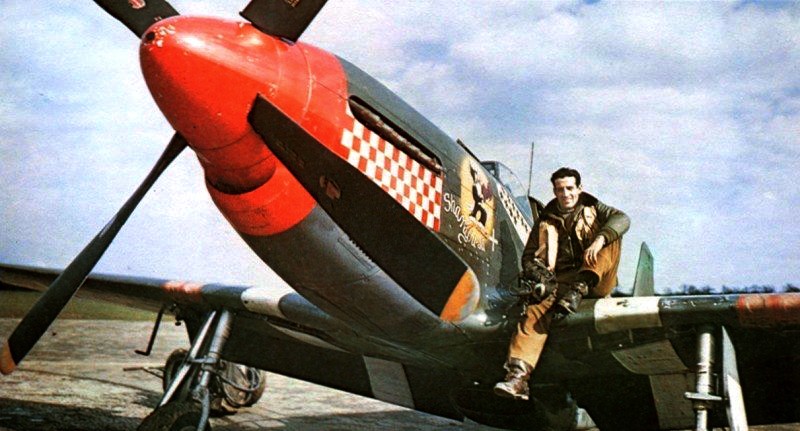 |
| 'Don' Gentile on the wing of his P-51B, 'Shangri-La' |
Born to first generation Italian immigrants in Piqua, Ohio in December 1920, Dominic Salvatore Gentile had decided on a life in aviation before even reaching adolescence, having made hundreds of model aircraft as a young boy. From as young as six years of age, Gentile would pester his father – a night club owner – to drive him to the local Weaver Aircraft Company factory to look at the aircraft parked outside. Receiving both moral and financial support from his father, augmented by money waiting tables at his father’s club, Gentile acquired his licenses and began flying his own Aerosport biplane around his home town as a teenager. He quickly acquired a reputation as a fun loving if somewhat ill disciplined junior pilot with his low level antics, even daring to fly underneath a bridge at 100 mph with an alleged 3 foot of clearance. However, even buzzing his friends and local landmarks provided good experience, and he set his sights on a career in military aviation.
Gentile had proven himself to be a gifted sportsman and keen musician during his upbringing, but his academic qualifications did not meet the required standard for the United States Army Air Force or US Navy, as he had not attended college. With war raging in Europe and a growing feeling of inevitability that America would soon join the conflict, Gentile was not willing to continue with education when there was a war to fight – he travelled north and joined the Royal Canadian Air Force in 1941. Shipped to England, Gentile was disappointed when his previous experience counted against him – he was employed as an instructor. After a short spell of instructing he then joined No.133 Squadron RAF, one of the three famous ‘Eagle Squadrons’ which was made up of US volunteers flying under British Commanding Officers and Flight Commanders. Now commissioned as an officer in the RAF, Gentile learned his trade as a fighter pilot on Hawker Hurricanes and Supermarine Spitfires. It was in the latter that he shot down two German aircraft on August 1st 1942, receiving the British Distinguished Flying Cross as a result.
The next month, Gentile traded in his British air force blue uniform for US green; the Eagle Squadrons were transferred across to the United States Army Air Force and Gentile was commissioned as a 2nd Lieutenant. Now flying P-47s with the 336th Fighter Squadron of the 4th Fighter Group, flying from RAF Debden in Essex, England. Gentile met some moderate success whilst at the controls of the heavy P-47, shooting down a number of German aircraft whilst on escort and ground attack sorties over occupied Europe. In September he was promoted to Captain and made a Flight Commander. Gentile’s finest hour with the P-47 came in early 1944 when he managed to outmaneuver and shoot down two FW-190s in a low level dogfight before, now out of ammunition, out flying a third German fighter to make good his escape. However, it was after the group converted to the P-51 in February 1944 that Gentile’s natural ability was suddenly given the chance to truly shine.
In a little over a month, Gentile shot down 15 German aircraft. This included three Bf109s and a fourth shared on March 8th and another three aircraft on April 8th, making him the highest scoring fighter ace in the US 8th Air Force. In keeping with the US policy of also counting strafing kills towards a tally, Gentile scored his 27th kill to surpass the score of American World War One legend Eddie Rickenbacker. He was awarded the Distinguished Service Cross by General Eisenhower who referred to him as a ‘One Man Air Force’ – this would later be the title of his autobiography which he co-wrote.
Fame was welcome to the 23 year old from Ohio – he even refused to take leave for fear of other American fighter aces overtaking his total. On April 13th, an organized media event at RAF Debden saw a small crowd of journalists and photographers assemble to propel Gentile further along the pathway to fame. Gentile took off in his red nosed P-51B, ‘Shangri-La’, to carry out a sequence of showy aerobatics over the assembled press. It did not end well. Gentile maneuvered his fighter too close to the ground and ended up in a crumpled heap in front of the photographers, and his Commanding Officer.
Gentile was grounded before then being sent back to the United States in June for a tour across the country, selling war bonds alongside his long term wingman, Captain John T. Godfrey. Gentile would not return to front line operations. He ended the war as a Major and opted to stay with the US Army Air Force and into the transition to the newly formed United States Air Force in 1947. He was employed as a test pilot and a fighter gunnery instructor before stepping away from flying in 1949 to study military science at the University of Maryland.
In January 1951, Dominic Gentile was killed in a flying accident was flying a Lockheed T-33 jet trainer. He left behind a wife and three sons. ‘Don’ Gentile rose rapidly to fame as a natural, gifted fighter pilot whose gregarious and flamboyant nature made him popular amongst his peers. His final total of air-to-air kills stood at 19.83 with the USAAF, along with two further victories with the RAF. An Air Force base was named after him in 1962, and he was inducted into the US National Aviation Hall of Fame in 1995.
 |
Mark Barber, War Thunder Historical Consultant Mark Barber is a pilot in the British Royal Navy's Fleet Air Arm. His first book was published by Osprey Publishing in 2008; subsequently, he has written several more titles for Osprey and has also published articles for several magazines, including the UK's top selling aviation magazine 'FlyPast'. His main areas of interest are British Naval Aviation in the First and Second World Wars and RAF Fighter Command in the Second World War. He currently works with Gaijin Entertainment as a Historical Consultant, helping to run the Historical Section of the War Thunder forums and heading up the Ace of the Month series. |
